Lhasa Apso vs. Papiox: Breed Differences and Similarities
Hypoallergenic
Are Lhasa Apsos or Papioxs hypoallergenic, or neither?
Unfortunately, neither Lhasa Apso nor Papiox are hypoallergenic, which may not make them the best choice for dog lovers who suffer from pet allergies.
Temperament
What are the personalities of Lhasa Apso and Papiox dogs?
Alert
Devoted
Intelligent
Obedient
Spirited
Assertive
Friendly
Lively
Playful
Steady
Playful
Happy
Energetic
Alert
Intelligent
Friendly
Loyal
Spirited
Shedding Level
Do Lhasa Apsos shed more than Papioxs, or which breed sheds more, Lhasa Apsos or Papioxs?
Lhasa Apsos are heavy shedders, but regular brushing can help manage shedding and promote a healthy coat.
Papioxs are low shedding dogs, requiring minimal coat care.
Origin
What is the origin of Lhasa Apso and Papiox dog breeds?
Tibet
United States
Ancestry
What are the origins of Lhasa Apso and Papiox breeds?
Terrier, Wolf-like Dog
Toy Fox Terrier, Papillon
Date of Birth
When were Lhasa Apso and Papiox breeds first developed?
Ancient Times
Unknown
Eye Color Possibilites
What are the eye colors of Lhasa Apso and Papiox dogs?
Brown
Brown
Nose Color Possibilites
What are the natural nose colors of Lhasa Apso and Papiox?
Black
Black
Coat Color Possibilites
What are the natural colors of the coat for Lhasa Apso and Papiox breeds?
Black
Gray
Brown
Red
Cream
Fawn
Silver
White
Sable
Brindle
Black
Brown
Red
White
Coat Length
What is the typical coat length for Lhasa Apso and Papiox breeds?
Lhasa Apsos are known for their coat length.
Papioxs have medium-length coats.
Coat Density
What is the density of the coat of Lhasa Apso and Papiox?
Coat Texture
What is the hair texture of Lhasa Apso and Papiox?
Straight
Litter Size
What is the usual litter size for Lhasa Apso and Papiox?
A Lhasa Apso can have a litter of 12-15 puppies on average. However, it's worth noting that the size of the litters can vary greatly. Factors that can influence litter size include the health of the mother, breeding history, and genetics.
A Papiox can have a litter of 2-6 puppies on average. However, it's worth noting that the size of the litters can vary greatly. Factors that can influence litter size include the health of the mother, breeding history, and genetics.
Adaptability
Lhasa Apso and Papioxs are known for their adaptability and versatility. They are capable of adapting well to a wide range of lifestyle changes and living environments, making them great companions for families and individuals of all lifestyles.
Health Issues
Between Lhasa Apso and Papiox, which breed is more prone to health problems?
Lhasa Apsos are susceptible to health issues like all breeds, so it's important to monitor their health and seek veterinary care when needed.
While the Papiox breed is generally healthy, occasional vet check-ups are still necessary to address any health concerns.
Major Concerns
What are the major health concerns for Lhasa Apso and Papiox breeds?
Intervertebral Disc Disease
Urolithiasis
Eye Problems
Portacaval Shunt
Minor Concerns
What minor health issues should be kept in mind when owning Lhasa Apso and Papiox?
Hydrocephalus
Eye Problems
Brachycephalic Syndrome
Cataracts
Glaucoma
Hypothyroidism
Food Allergies
Occasional Tests
What occasional tests are recommended for Lhasa Apso and Papiox breeds?
Eye
Skeletal
X-Rays
Physical Examination
Respiratory Tests
Eye Examination
Radiographs
Blood Sugar and Thyroid Tests
Complete Physical Examination
Social Needs
Lhasa Apso vs Papiox social needs comparison
Lhasa Apso has average social needs and is less independent than other breeds.
Papiox has very high social needs and requires regular mental and physical stimulation, a job or purpose, and companionship.
Sleeping Need
Which of the two sleeps the most/least: Lhasa Apso or Papiox?
Lhasa Apso and Papiox dogs tend to sleep less than some other breeds, but it's still important for them to get adequate sleep in order to maintain good health.
Mouthiness
Mouthiness Comparison: Lhasa Apso vs Papiox?
Roaming urge
Lhasa Apso vs Labrador: Running away tendency?
Prey Drive
Lhasa Apso or Papiox - which breed has a higher level of prey drive?
Activity Level
Which breed has higher energy, Lhasa Apsos or Papioxs?
Both Lhasa Apso and Papiox are medium-energy dogs that enjoy socializing and playing with other dogs. They may engage in casual or sustained games of chase, and occasionally have bursts of barking or racing around the house.
Tolerance of being left alone
Walks per Week
How many miles should Lhasa Apso or Papiox walk each week?
There's really no limit to how far you walk your dog as long as they're comfortable. For Lhasa Apso, it's at least 6 miles / week. Just remember to build distance and stamina gradually over time.
There's really no limit to how far you walk your dog as long as they're comfortable. For Papiox, it's at least 5 miles / week. Just remember to build distance and stamina gradually over time.
Activity per Day
Do Lhasa Apsos or Papioxs require more exercise?
In general most Lhasa Apsos usually need at least 60 minutes of exercise daily. This can be spread across the day and include all sorts of high-energy activities, like walking, running and playing.
In general most Papioxs usually need at least 30 minutes of exercise daily. This can be spread across the day and include all sorts of high-energy activities, like walking, running and playing.
Grooming
Which breed is easier to maintain in terms of grooming, Lhasa Apsos or Papioxs?
Lhasa Apsos have high grooming needs, requiring regular trims and professional grooming assistance to keep their coat healthy.
The Papiox has low grooming needs and is easy to maintain.
Brushing Frequency
What is the recommended brushing frequency for Lhasa Apso and Papiox dogs?
Ideally, Lhasa Apso should be brushed at least 2 or 3 times a week (preferably daily) improve shedding.
Papiox should be brushed at least once a week. Of course you can give them more frequent brushes if you find that they are still shedding a lot
Brushing Tools
What brushing tools are used for Lhasa Apsos and Papioxs?
Pin Brush
Dematter
Comb
Nail Clipper
Pin Brush
Nail Clipper
Cups
How much food should be given to Lhasa Apso or Papiox in cups?
For an average 14-18 pound (6 - 8 kg) Lhasa Apso feed 1.3 cups daily. But, keep in mind, the amount you feed is going to be dependent on the quality of the food you are feeding.
For an average 4-9 pound (2 - 4 kg) Papiox feed 1 cups daily. But, keep in mind, the amount you feed is going to be dependent on the quality of the food you are feeding.
Daily Cost
Which breed has a higher daily cost, Lhasa Apso or Papiox?
The average cost of a Lhasa Apso is somewhere $1.40 - $1.80 per day.
The average cost of a Papiox is somewhere $1.00 - $1.40 per day.
Monthly Cost
Which breed has a higher monthly cost, Lhasa Apso or Papiox?
The average per month expenses of a Lhasa Apso is between $42 - $53. This makes an average of $504 - $636 per year. It will be on the higher side when the dog is still small because it will need more frequent visits to the vet, shots.
The average per month expenses of a Papiox is between $28 - $42. This makes an average of $336 - $504 per year. It will be on the higher side when the dog is still small because it will need more frequent visits to the vet, shots.
Sensitivity Level
How do Lhasa Apso and Papiox compare in sensitivity?
This breed is sensitive to its environment and best suited for patient and understanding families with a consistent routine.
This breed is sensitive and requires gentle handling and a calm home environment.
Apartment Friendly
Which breed is more apartment-friendly: Lhasa Apso or Papiox?
Lhasa Apsos make excellent apartment dogs, being fairly active indoors and not requiring a yard.
The Papiox is a great apartment dog, thriving with sufficient exercise and time outside as part of their daily routine.
Child Friendly
Do Lhasa Apsos or Papioxs have a friendlier temperament towards children?
Lhasa Apsos make excellent family pets for kids due to their gentle, protective nature and calm temperament.
Papioxs have an average level of friendliness towards children.
Senior-friendly
Which dog is more suitable as a pet for the elderly - Lhasa Apso or Papiox?
Cat Friendly
Do Lhasa Apso or Papiox breeds have a better compatibility with cats?
Lhasa Apsos and Papioxs are very cat friendly dogs. They generally make good companions for cats.
Dog Friendly
Which breed is more sociable with other dogs: Lhasa Apso or Papiox?
Lhasa Apsos are generally very friendly towards other dogs, with a happy and affectionate temperament.
Papioxs are average in their friendliness towards other dogs, and socialization can help.
Pet friendly
How do Lhasa Apso or Papiox dogs interact with other pets?
Stranger Friendly
Which breed is more friendly with strangers: Lhasa Apso or Papiox?
Lhasa Apsos are averagely friendly around strangers but benefit from early socialisation.
Papioxs are friendly but may bark at strangers, and training is easy due to their intelligence.
Playfulness
Which breed is more playful between Lhasa Apso and Papiox?
Lhasa Apsos have an average level of playfulness, enjoying playtime like most dogs but not excessively so.
Papioxs are very playful, so adopting an older one might be a better option for a more relaxed experience.
Trainability
How do the trainability levels of Lhasa Apsos and Papioxs compare?
Lhasa Apsos are usually easy to train but require consistency to fully obey commands.
Papioxs are popular for their ease of training and quick learning ability.
Compare Lhasa Apso with other breeds

Dachshund
Lhasa Apso vs Dachshund
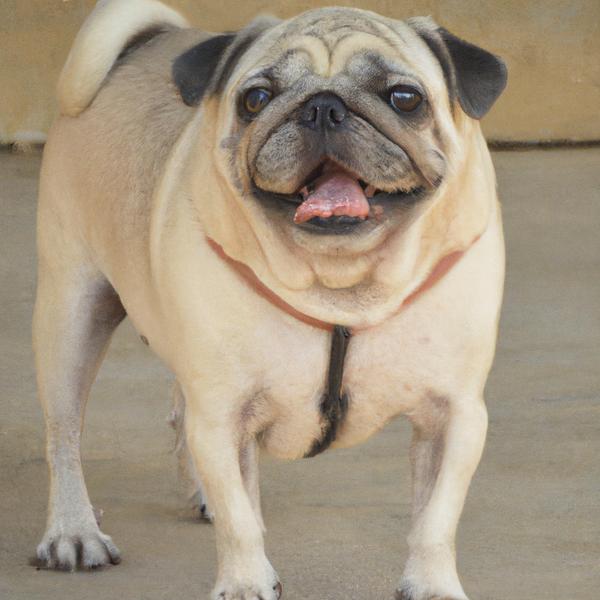
Pugmatian
Lhasa Apso vs Pugmatian
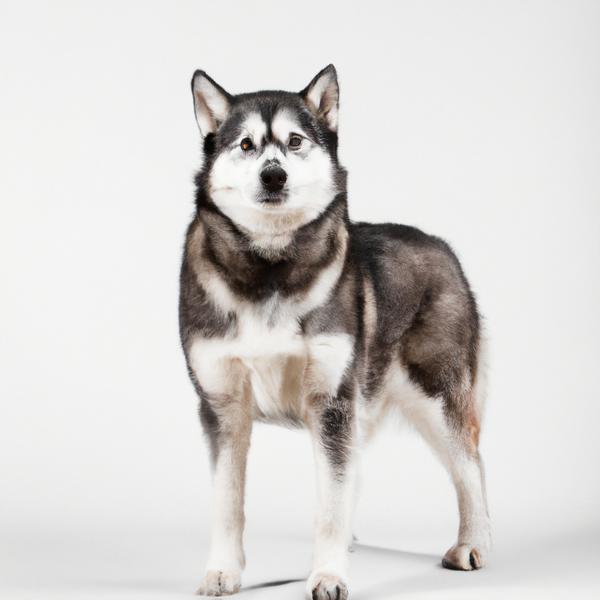
Huskita
Lhasa Apso vs Huskita
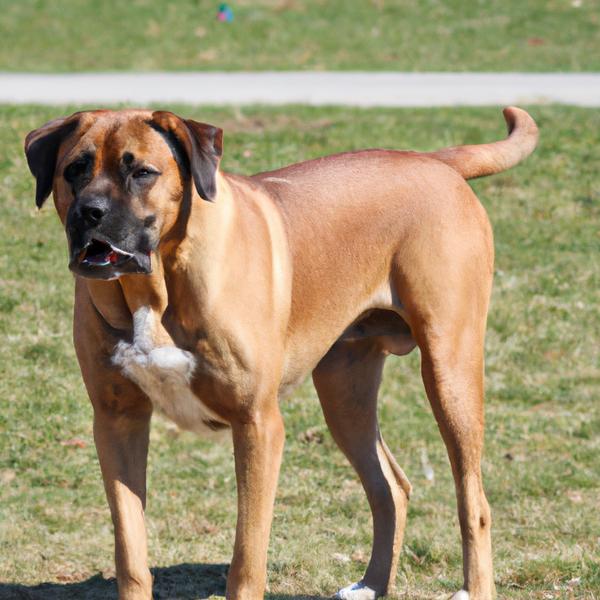
Boxane
Lhasa Apso vs Boxane
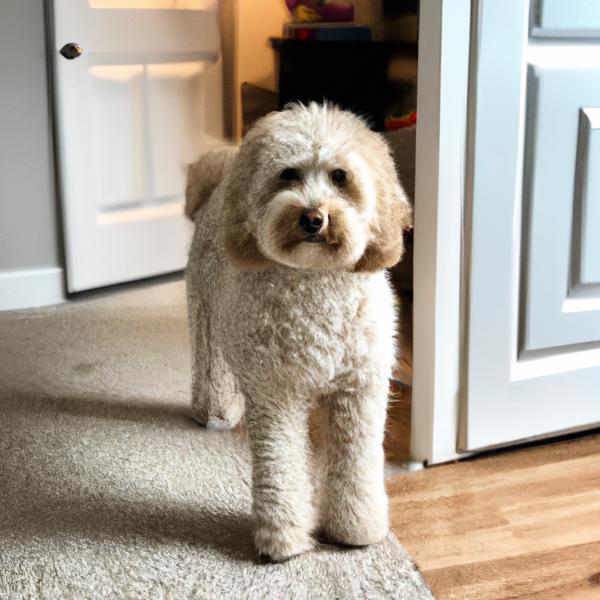
Ttoodle
Lhasa Apso vs Ttoodle
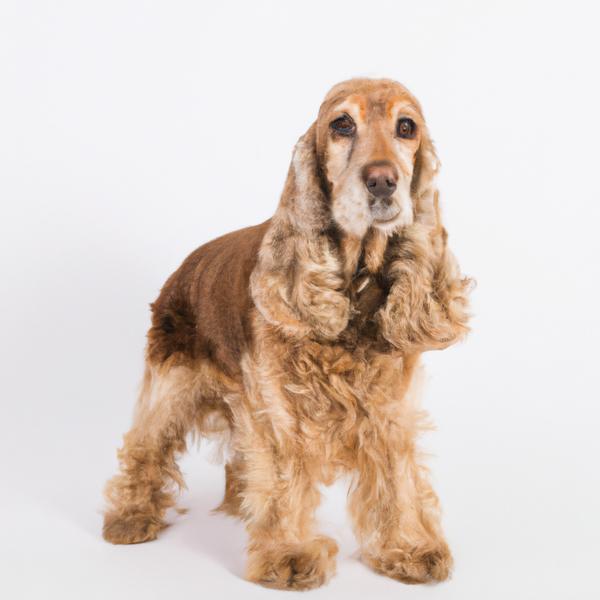
English Cocker Spaniel
Lhasa Apso vs English Cocker Spaniel
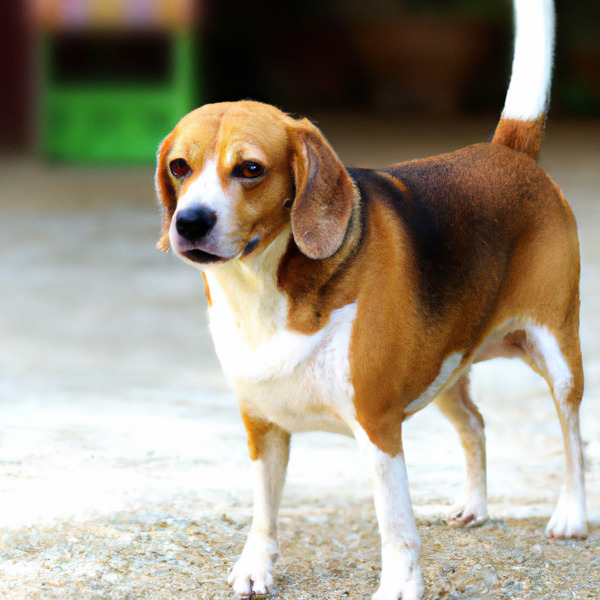
Beago
Lhasa Apso vs Beago

Tibalier
Lhasa Apso vs Tibalier

Pom-Silk
Lhasa Apso vs Pom-Silk
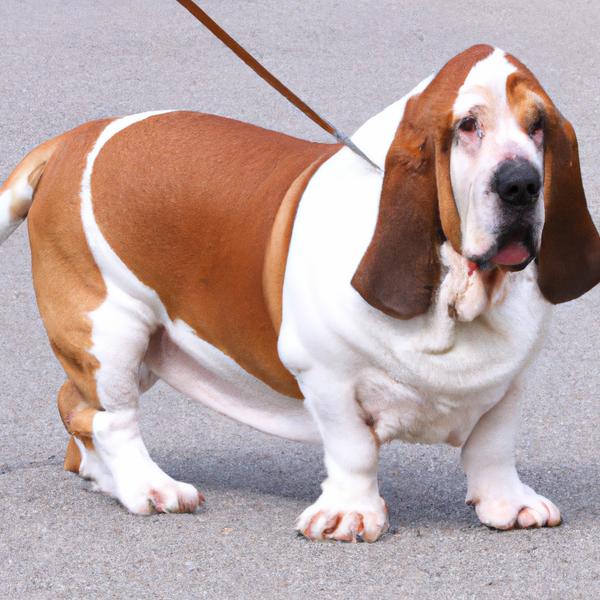
Bully Basset
Lhasa Apso vs Bully Basset
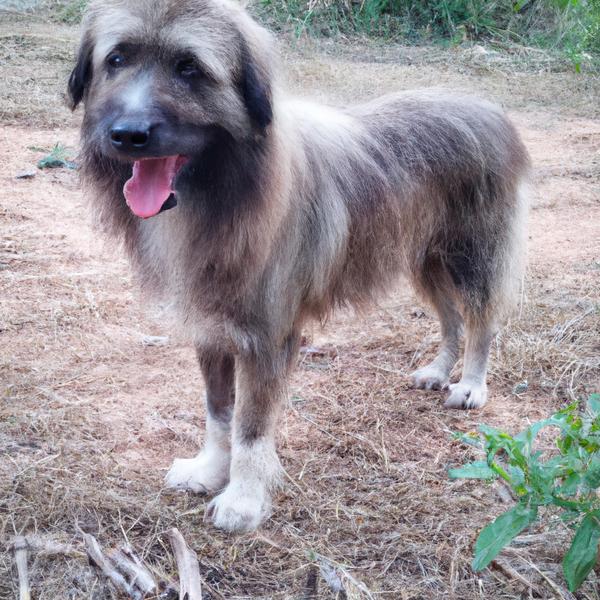
Papiox
Lhasa Apso vs Papiox
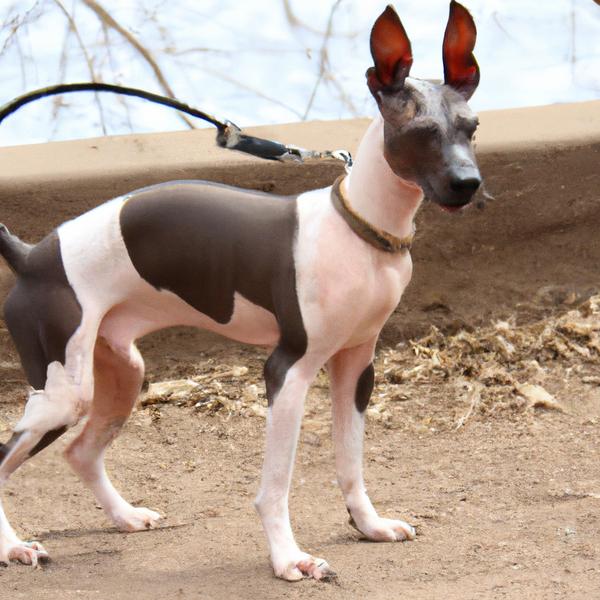
Whippig
Lhasa Apso vs Whippig
